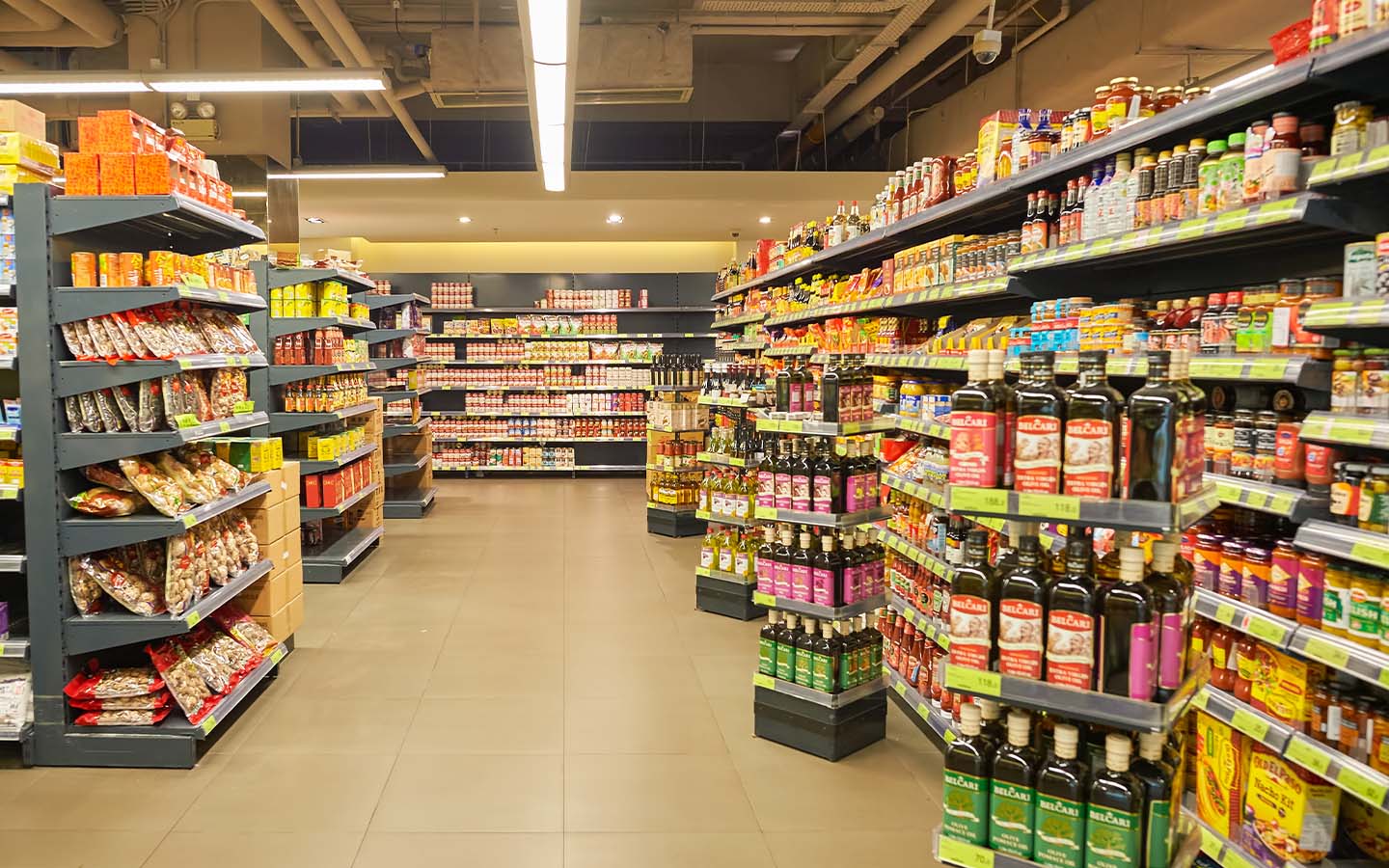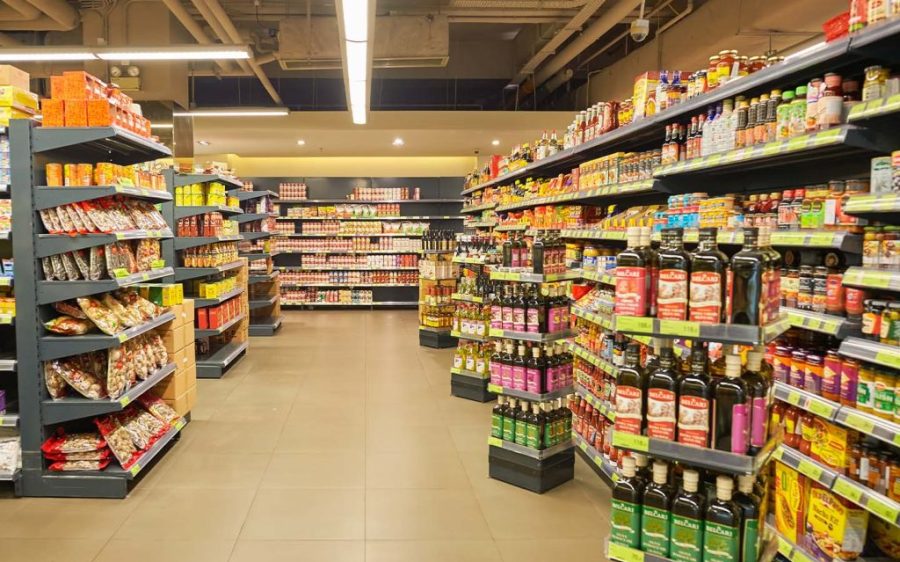Macao’s consumer prices experienced a slight upward trend in June 2025, according to data released by the Statistics and Census Service (known by the Portuguese initials DSEC). The Composite Consumer Price Index (CPI) rose by 0.25 percent compared to the same month last year and edged up by 0.04 percent from May 2025.
Over the 12 months ending June 2025, the average Composite CPI increased by 0.34 percent compared to the preceding 12-month period.
Key sectors contributing to the annual rise included food and non-alcoholic beverages, which saw a 0.2 percent increase primarily due to higher charges for eating out and takeaway. Housing and fuel also went up by 0.18 percent, driven by rising rental costs. Notably, the price index for recreation, sport and culture surged by 3.42 percent year-on-year.
Conversely, prices for information and communication dropped by 3.12 percent, and clothing and footwear prices decreased by 2.26 percent CPI-A and CPI-B, which track expenditures for different household income brackets, showed respective year-on-year growths of 0.19 percent and 0.3 percent.
Comparing June to May 2025, the Composite CPI’s 0.04 percent increase was influenced by higher prices for clothing and footwear (up 0.66 percent) and miscellaneous goods and services (up 0.45), which includes items like personal care products and jewellery.
[See more: Macao’s residential property sales are up in June, but prices remain down]
Food and non-alcoholic beverages also saw a marginal increase of 0.01 percent due to higher dining out and takeaway costs, although this was partly offset by lower prices for vegetables, fresh fish, and seafood. Meanwhile, price indices fell for recreation, sport and culture (down 0.58 percent) and alcoholic beverages and tobacco (down 0.45 percent). Both CPI-A and CPI-B recorded a 0.04 percent month-on-month rise.
Looking at the 12 months ending June 2025, the average Composite CPI climbed by 0.34 percent from the previous period. Significant increases were observed in miscellaneous goods and services (2.37 percent up), education (higher by 1.6 percent), and health (up 1.29 percent). In contrast, transport prices fell by 2.66 percent , and information and communication by 1.6 percent. The average CPI-A and CPI-B increased by 0.31 percent and 0.36 percent respectively over this period.
In the second quarter of 2025, the average Composite CPI increased by 0.22 percent year-on-year, with CPI-A and CPI-B growing by 0.17 and 0.27 percent respectively. Compared to the first quarter of this year, the average Composite CPI saw a 0.02 percent increase in the second quarter. For the first half of 2025, the average Composite CPI rose by 0.19 percent year-on-year. The average CPI-A and CPI-B went up by 0.14 and 0.22 percent respectively.
The DSEC compiles three CPI series to reflect the impact of price changes on households with varying expenditure levels. CPI-A covers about 50 percent of households, with average monthly expenditures between 11,000 and 35,999 patacas, while CPI-B covers the roughly 30 percent of households that spend between 36,000 to 71,999 patacas monthly.
The Composite CPI encompasses all these households. Housing and fuel (34.47 percent ), food and non-alcoholic beverages (29.47 percent), and transport (8.33 percent) account for the largest proportions of household expenditure in the Composite CPI.
This article was drafted by AI before being reviewed by an editor.






